Rolf A. Heyno (Heijno)
CIVILITY FROM SEA TO SEA CIVITATUM MARITIMARUM
History
 It has been said that historical facts depend on “who is writing and for whom they are written”.
Though the archaeological finds, in many cases, prove many facts but even they could be interpreted according to rulers’ political views as was done, for example in the ex-Soviet Union. Therefore it is very challenging to project the past with unconventional arguments,
It has been said that historical facts depend on “who is writing and for whom they are written”.
Though the archaeological finds, in many cases, prove many facts but even they could be interpreted according to rulers’ political views as was done, for example in the ex-Soviet Union. Therefore it is very challenging to project the past with unconventional arguments,
To determine the exact time when the Indo-Germanic merchants began their trading activities is next to impossible. All we know today, is that the Indo-Germanic Hittites’ merchants were very active as “international” merchants as early as in the late 6th-millennium.
The artifacts of the double-headed eagle which was unearthed in the Middle-East, and dated to the late 6th millennium B.C.E. (Before Christian Era) demonstrates, in my opinion, that they were trading in the east and in the west.
The cuneiform tablets which were unearthed in 1839 A.D. by Austen Henry Layard, a British archaeologist, also tell that around 3500 B.C.E. (Before Christian Era), two rulers sent expeditions to protect their merchants’ colonies.
In 1977 the archaeologists unearthed the “Tocharian” mummies in Takla Makan desert in China, and dated them back to 1500 B.C.E. (Before Christian Era). The DNA tests proved that the mummified people were of Indo-European origin who were the original builders of the “Silk-Road” and the cities along it with magnificent temples and centers of learning and art.
This caused the present rulers to stop further excavations and archaeologists work and some 1000 mummies are now deteriorating in Chinese storages.
In history books you made also read how Germanic Nervii tribe sailed from the city of Troy, passed the pillars of Herculaneum (Gibraltar) and settled in the area we know today as Belgium.
Through archaeological finds the scientists have been able to determine that in Julius Ceaser’s time the merchants of the Nervii tribe were very advanced, they even minted their own currency in bronze and gold.
As the trade with England increased the Hainault-Haino merchant Patricians of the Germanic Nervii tribe established a trading post around 862 A.D. in Flanders and named it Brügge (Brugess) as a bridge to Londonium for to have a permanent depot on the mainland.
As Brügge (Brugess) began to grow and prosper it attracted the attention of greedy Normen and Flemish dukes and counts. This lead to constant skirmishes and wars because the dukes and counts were fighting for the rights to lay taxes on the merchants. Finally even Richard the Lionhearted, who was the son of Henry II King of England (Plantagenet, Hainault-Haino) had to write a proclamation warning the greedy dukes and counts to leave the Hainault-Haino Patricians alone.
In the meantime Lothar Duke of Saxony had started to re-claim the Germanic ancestral lands from the Slavs, who had been successful in conquering the lands which the Germanic tribes had partly vacated due to the Hunns’ invasion. Therefore the Hainault-Haino merchant Patricians had started to plan for a permanent trading port on the Baltic Sea shores. As then Lothar’s son Henry the Lion married the sister of Richard the Lionhearted, and the Hainault-Haino Patricians had a close relation with the ruler of Saxony, the plan was put into motion.
However, with his annexation methods of the Germanic ancestral lands, Henry the Lion, who had continued his father’s work to enlarge their duchy antagonized his cousin Emperor Fredrick I Barbarossa.
Therefore Emperor Fredrick I Barbarossa took Luebeck away from Henry the Lion and gave Luebeck the status of a Free Imperial City State. At that time there were only four Free Imperial City States in the Holy Roman Empire, they were Rome, Venice, Pisa and Florence and Luebeck became the fifth Free Imperial City State.
The Aldermen of these City States were called Senators and they all were the Emperor’s advisors. Considering that Emperor accepted advice only from his peers, all his Counsels had to have a ducal rank. Knowing this I found it very intriguing because Luebeck’s history didn’t warrant such a prestigious status.
1157 The settlement in Luebeck was completely destroyed by fire.
1160 The settlement was re-built.
1170 The Bishopric of Oldenburg (Holstein) was moved to Luebeck and the churches of St. Mary and St. Peter were built.
1181 Luebeck received the status of a Free Imperial City State.
Considering the then building materials and building methods the settlement in Luebeck, in my opinion, couldn’t have been more than a village or a town, which even Danish King Waldemar had passed when he attacked Rostock, yet Luebeck received the prestigious Free Imperial City State status.
1226 Emperor Fredrick II, grandson of Barbarossa, who was married with King Henry III sister (Plantagenet, Hainault - Haino) confirmed Luebeck’s Free Imperial City status in writing.
The painstaking work and efforts for several millenniums of the Hainault – Haino merchant Patricians was brutally destroyed by Jean Batiste Bernadotte in the Massacre of Luebeck of which Wilson King mentions that “The cruelty almost surpassed the atrocities of the 30-years war and that great Moltke couldn’t forget the horrors he saw as a small boy in Luebeck” We have to remember that the Free Imperial City State of Luebeck was a peace loving Merchants’ City State, which didn’t have anything to do with Napoleon’s war efforts.
The sole male survivor of the whole Luebeck’s Heijno (Hainault-Haino) merchant Patricians’ family was Gustav Johann Heijno who happened to be at that time in Viborg, which was a part of Russia. Being Czar’s (Emperor’s) Counsel in commercial matters (in German; Kommerzienrat) he was under the Czar’s protection.

Gallery
Rolf A. Heyno (Heijno)
 It has been said that historical facts depend on “who is writing and for whom they are written”.
Though the archaeological finds, in many cases, prove many facts but even they could be interpreted according to rulers’ political views as was done, for example in the ex-Soviet Union. Therefore it is very challenging to project the past with unconventional arguments,
It has been said that historical facts depend on “who is writing and for whom they are written”.
Though the archaeological finds, in many cases, prove many facts but even they could be interpreted according to rulers’ political views as was done, for example in the ex-Soviet Union. Therefore it is very challenging to project the past with unconventional arguments,To determine the exact time when the Indo-Germanic merchants began their trading activities is next to impossible. All we know today, is that the Indo-Germanic Hittites’ merchants were very active as “international” merchants as early as in the late 6th-millennium.
The artifacts of the double-headed eagle which was unearthed in the Middle-East, and dated to the late 6th millennium B.C.E. (Before Christian Era) demonstrates, in my opinion, that they were trading in the east and in the west.
The cuneiform tablets which were unearthed in 1839 A.D. by Austen Henry Layard, a British archaeologist, also tell that around 3500 B.C.E. (Before Christian Era), two rulers sent expeditions to protect their merchants’ colonies.
In 1977 the archaeologists unearthed the “Tocharian” mummies in Takla Makan desert in China, and dated them back to 1500 B.C.E. (Before Christian Era). The DNA tests proved that the mummified people were of Indo-European origin who were the original builders of the “Silk-Road” and the cities along it with magnificent temples and centers of learning and art.
This caused the present rulers to stop further excavations and archaeologists work and some 1000 mummies are now deteriorating in Chinese storages.
In history books you made also read how Germanic Nervii tribe sailed from the city of Troy, passed the pillars of Herculaneum (Gibraltar) and settled in the area we know today as Belgium.
Through archaeological finds the scientists have been able to determine that in Julius Ceaser’s time the merchants of the Nervii tribe were very advanced, they even minted their own currency in bronze and gold.
As the trade with England increased the Hainault-Haino merchant Patricians of the Germanic Nervii tribe established a trading post around 862 A.D. in Flanders and named it Brügge (Brugess) as a bridge to Londonium for to have a permanent depot on the mainland.
As Brügge (Brugess) began to grow and prosper it attracted the attention of greedy Normen and Flemish dukes and counts. This lead to constant skirmishes and wars because the dukes and counts were fighting for the rights to lay taxes on the merchants. Finally even Richard the Lionhearted, who was the son of Henry II King of England (Plantagenet, Hainault-Haino) had to write a proclamation warning the greedy dukes and counts to leave the Hainault-Haino Patricians alone.
In the meantime Lothar Duke of Saxony had started to re-claim the Germanic ancestral lands from the Slavs, who had been successful in conquering the lands which the Germanic tribes had partly vacated due to the Hunns’ invasion. Therefore the Hainault-Haino merchant Patricians had started to plan for a permanent trading port on the Baltic Sea shores. As then Lothar’s son Henry the Lion married the sister of Richard the Lionhearted, and the Hainault-Haino Patricians had a close relation with the ruler of Saxony, the plan was put into motion.
However, with his annexation methods of the Germanic ancestral lands, Henry the Lion, who had continued his father’s work to enlarge their duchy antagonized his cousin Emperor Fredrick I Barbarossa.
Therefore Emperor Fredrick I Barbarossa took Luebeck away from Henry the Lion and gave Luebeck the status of a Free Imperial City State. At that time there were only four Free Imperial City States in the Holy Roman Empire, they were Rome, Venice, Pisa and Florence and Luebeck became the fifth Free Imperial City State.
The Aldermen of these City States were called Senators and they all were the Emperor’s advisors. Considering that Emperor accepted advice only from his peers, all his Counsels had to have a ducal rank. Knowing this I found it very intriguing because Luebeck’s history didn’t warrant such a prestigious status.
1157 The settlement in Luebeck was completely destroyed by fire.
1160 The settlement was re-built.
1170 The Bishopric of Oldenburg (Holstein) was moved to Luebeck and the churches of St. Mary and St. Peter were built.
1181 Luebeck received the status of a Free Imperial City State.
Considering the then building materials and building methods the settlement in Luebeck, in my opinion, couldn’t have been more than a village or a town, which even Danish King Waldemar had passed when he attacked Rostock, yet Luebeck received the prestigious Free Imperial City State status.
1226 Emperor Fredrick II, grandson of Barbarossa, who was married with King Henry III sister (Plantagenet, Hainault - Haino) confirmed Luebeck’s Free Imperial City status in writing.
The painstaking work and efforts for several millenniums of the Hainault – Haino merchant Patricians was brutally destroyed by Jean Batiste Bernadotte in the Massacre of Luebeck of which Wilson King mentions that “The cruelty almost surpassed the atrocities of the 30-years war and that great Moltke couldn’t forget the horrors he saw as a small boy in Luebeck” We have to remember that the Free Imperial City State of Luebeck was a peace loving Merchants’ City State, which didn’t have anything to do with Napoleon’s war efforts.
The sole male survivor of the whole Luebeck’s Heijno (Hainault-Haino) merchant Patricians’ family was Gustav Johann Heijno who happened to be at that time in Viborg, which was a part of Russia. Being Czar’s (Emperor’s) Counsel in commercial matters (in German; Kommerzienrat) he was under the Czar’s protection.

Gallery
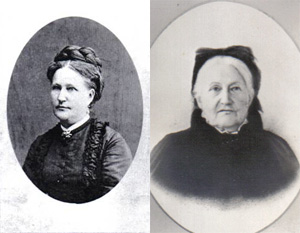 The Great Grandmother Marie-Louise of Rolf Alfons Heyno (Heijno) in her younger picture, and in her older picture Marie-Louise Heyno (Heijno) nee Schultis. The younger picture is the Courtesy of National Museum of Finland. |
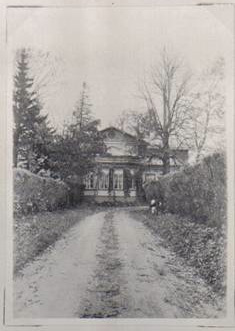 Photo from one of the three buidings from the summer estate of The Heyno (Heijno) family called The Court of Heyno (Heyno) in the Finnish Carelia, the winter residences were in St. Petersburg. There were three similar houses with 18-20 large rooms like galleries… This picture is taken in the late Autumn, but was very beautiful during the summer. Just before the Russian Revolution in 1917, these houses may have been purposely burned down… |
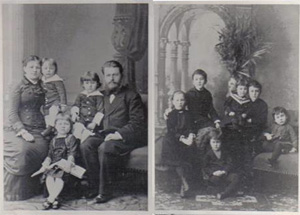 The Grandparents of Rolf Alfons Heyno (Heijno) Alfons Johann & Elisabeth Heyno (Heijno) nee Hammerman with their children, and photo of their older and younger children. Photo from private collection. |
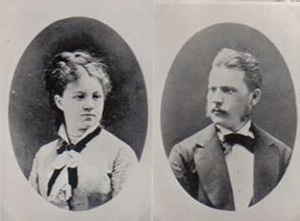 The Grandparents of Rolf Alfons Heyno (Heijno) taken at the time of their Engagement in 1876, photo from private collection. |
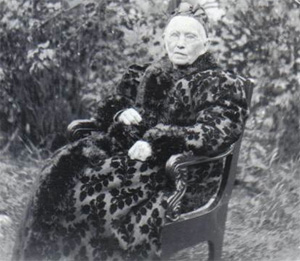 The Daughter Wilhelmine of Gustav Johann Heyno (Heijno) in her older years, and the same sadness comes through in this photo, also, as one can see in her younger photo, but also one can see kindness through her face. This photo is the Courtesy of National Museum of Finland. |
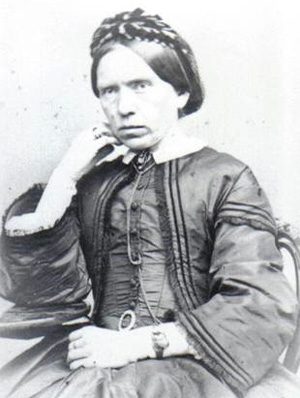 Wilhelmine Heyno (Heijno) born in 1821, one of the Daughters of Gustav Johann Heyno (Heijno). The history of her father’s family had deeply touched her heart and this is the reason that she hardly smiled. This photo is the Courtesy of National Museum of Finland. |
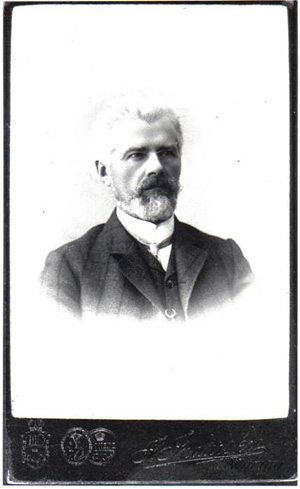 In the photo Alexander August Heyno (Heijno) born in 1825, one of the sons of Gustav Johann Heyno (Heijno). This photo is the Courtesy of National Museum of Finland. |
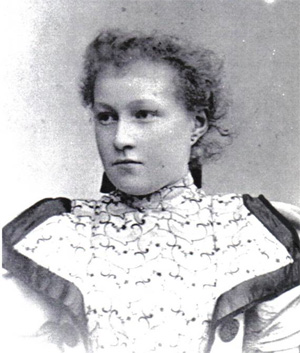 In the photo one of the Daughters of Rolf’s Grandfather Alfons Johan Heyno (Heijno) Alice Heyno (Heijno) born in 1877 married Richard Vogel they had five children and for some reason were not able to escape in 1917 before the border closing by the Soviets. Most of the Family died in 1943, except two, Nikolai and Olga. But according to the Red Cross, one of the survivors died in 1972 in the Soviet Union’s nursing home. This photo is from private collection. |
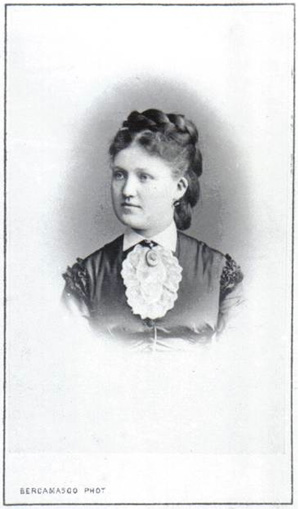 In the photo one of Rolf’s Grandfather’s Sisters Adele Heyno (Heijno) b. 1851. This photo is the Courtesy of National Museum of Finland. |
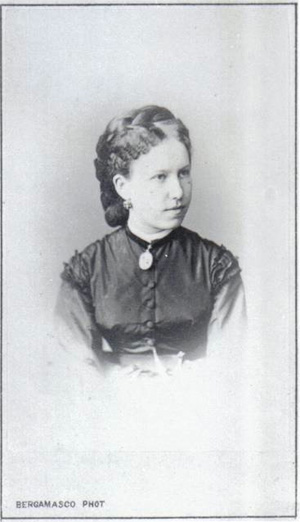 In the photo one of Rolf’s Grandfather’s Sisters Olga Elisabeth Heyno (Heijno) b.1850 in her younger years. This photo is the Courtesy of National Museum of Finland. |
 In the photo one of the Granddaughters of Gustav Johann Heyno (Heijno) from his son Carl Gustav and Marie-Louise Heyno (Heijno), Olga Elisabeth Heyno (Heijno) born in 1850. Photo from private collection. |
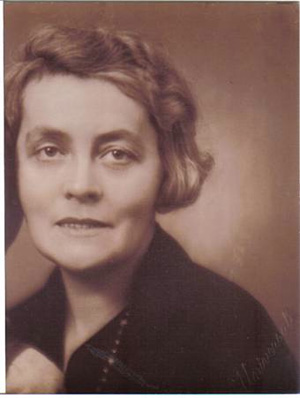 Rolf’s Mother Maria Heyno (Heijno) born in 1896. She died in 1996, about seven months after celebrating her 100th Birthday. She lived through the I World War, the Russian Revolution, the II World War. She knows what the price of Freedom is and what it means to all people. Photo from private collection. |
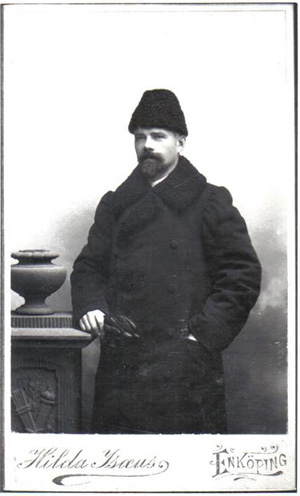 In the photo Emil Alexander Heyno (Heijno). One of the Grandsons of Gustav Johann Heyno (Heijno) (photo c.1897), his father is Alexander August Heyno (Heijno) born in 1825. This photo is the Courtesy of National Museum of Finland. |
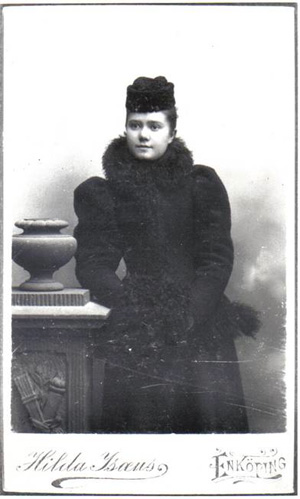 In the photo is Henrietta Alexandra Heyno (Heijno) the Great granddaughter of Gustav Johann Heyno (Heijno) (photo from c.1897) Henrietta Alexandra Heyno (Heijno) married E. Gustaf Poppius. This photo is the Courtesy of National Museum of Finland. |
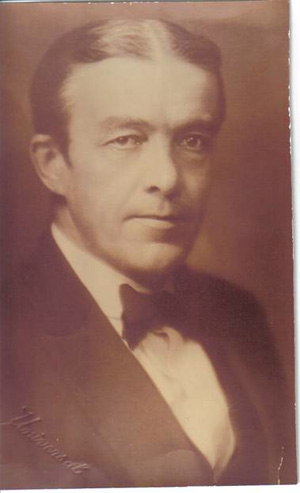 In the photo Johannes Heyno (Heijno) Great grandson of Gustav Johann Heyno (Heijno) father of Rolf Alfons Heyno (Heijno). This photo is from private collections. |
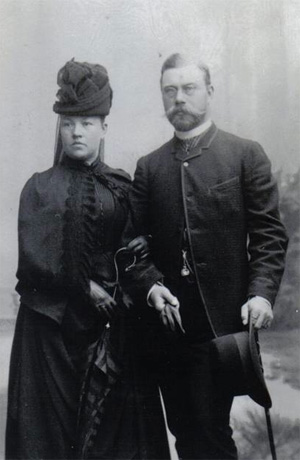 The Granddaughter Aina (born in 1854) of Gustav Johann Heyno (Heijno) with her husband Governor of Hame Ivar Sune Gordie This photo is the Courtesy of National Museum of Finland. |
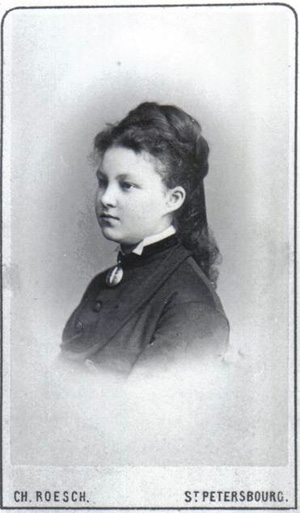 In the photo Elisabeth Heyno (Heijno) nee Hammerman, Rolf’s Grandmother in her younger years (born in 1854). This photo is the Courtesy of National Museum of Finland. |
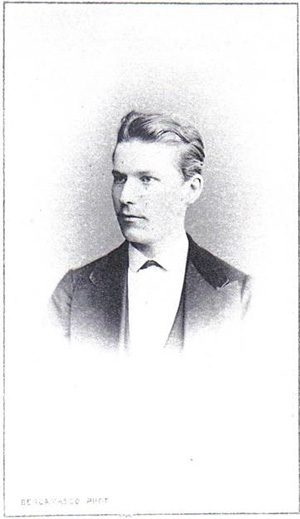 In the photo Rolf’s Grandfather Alfons Johann Heyno (Heijno) In his younger years (Born 1849). The photo is the Courtesy of National Museum of Finland. |
Rolf A. Heyno (Heijno)